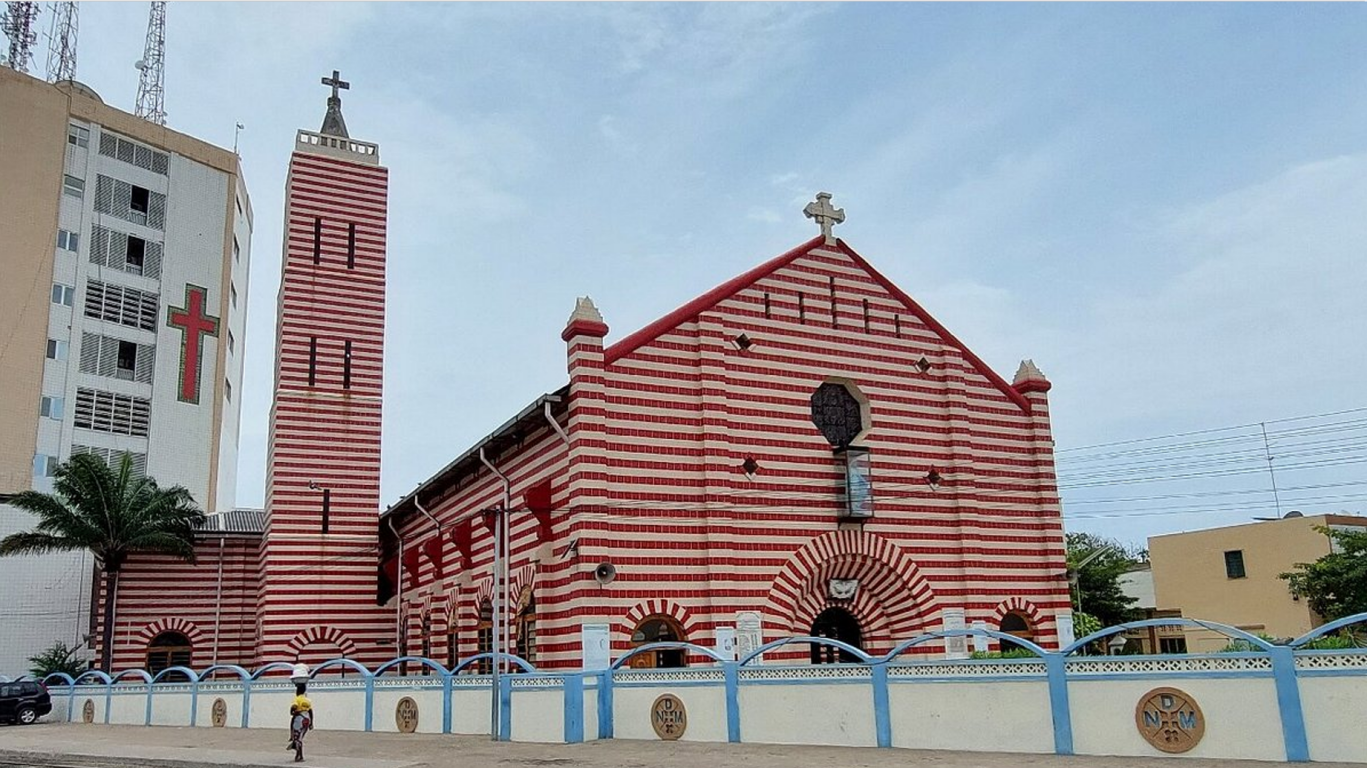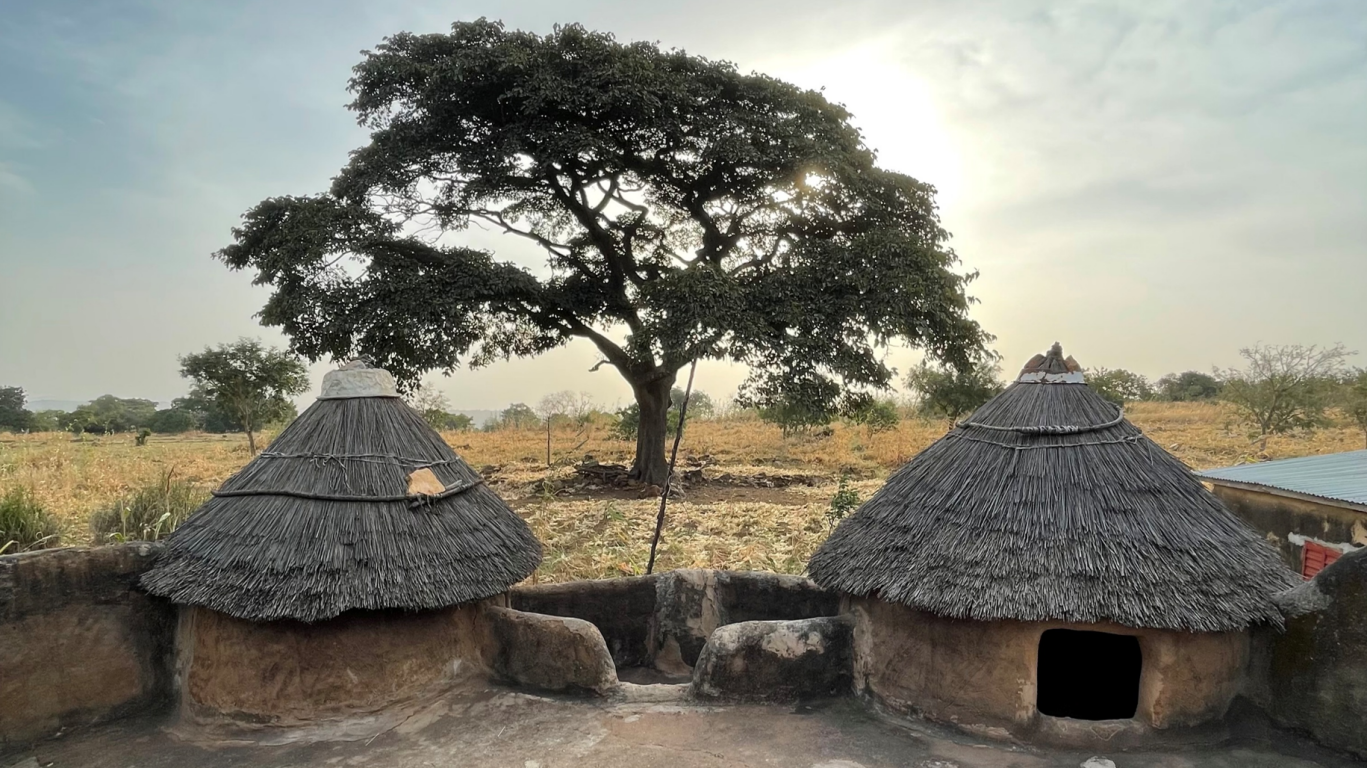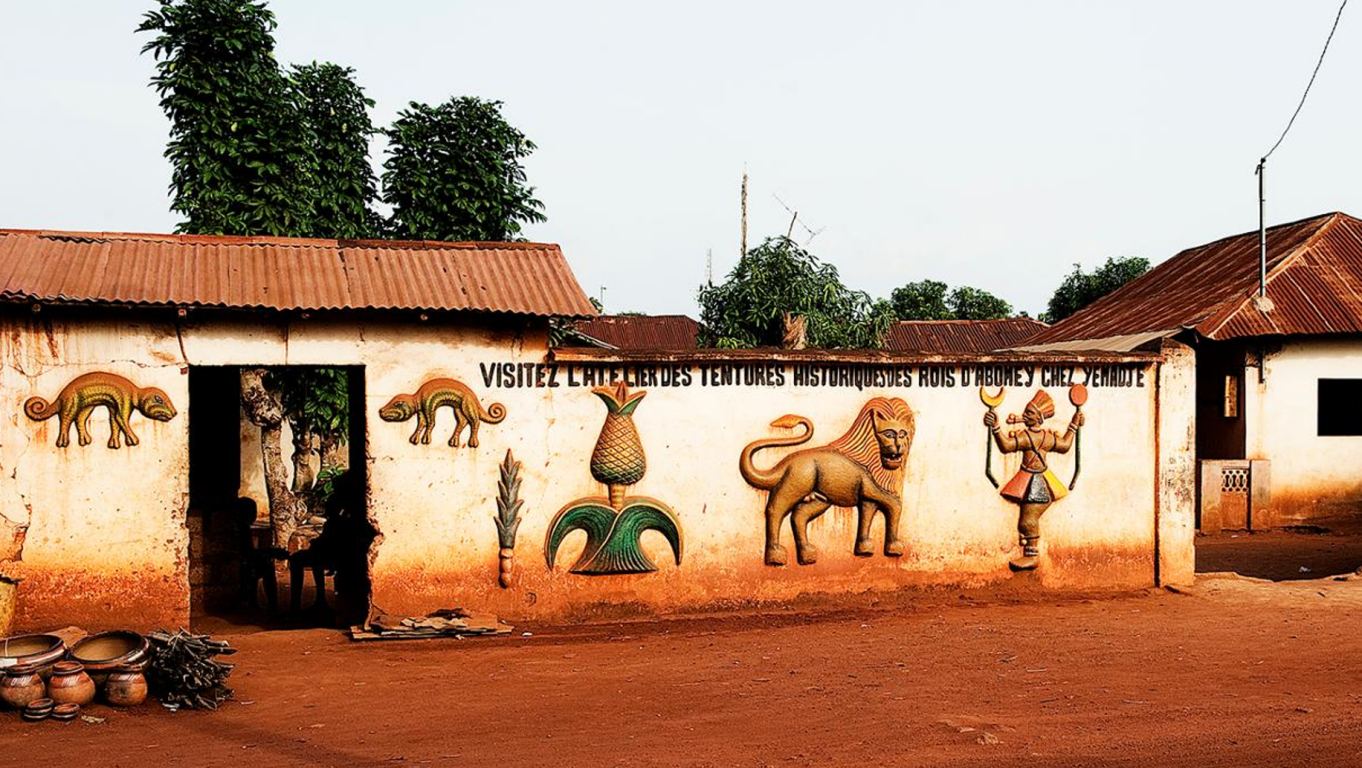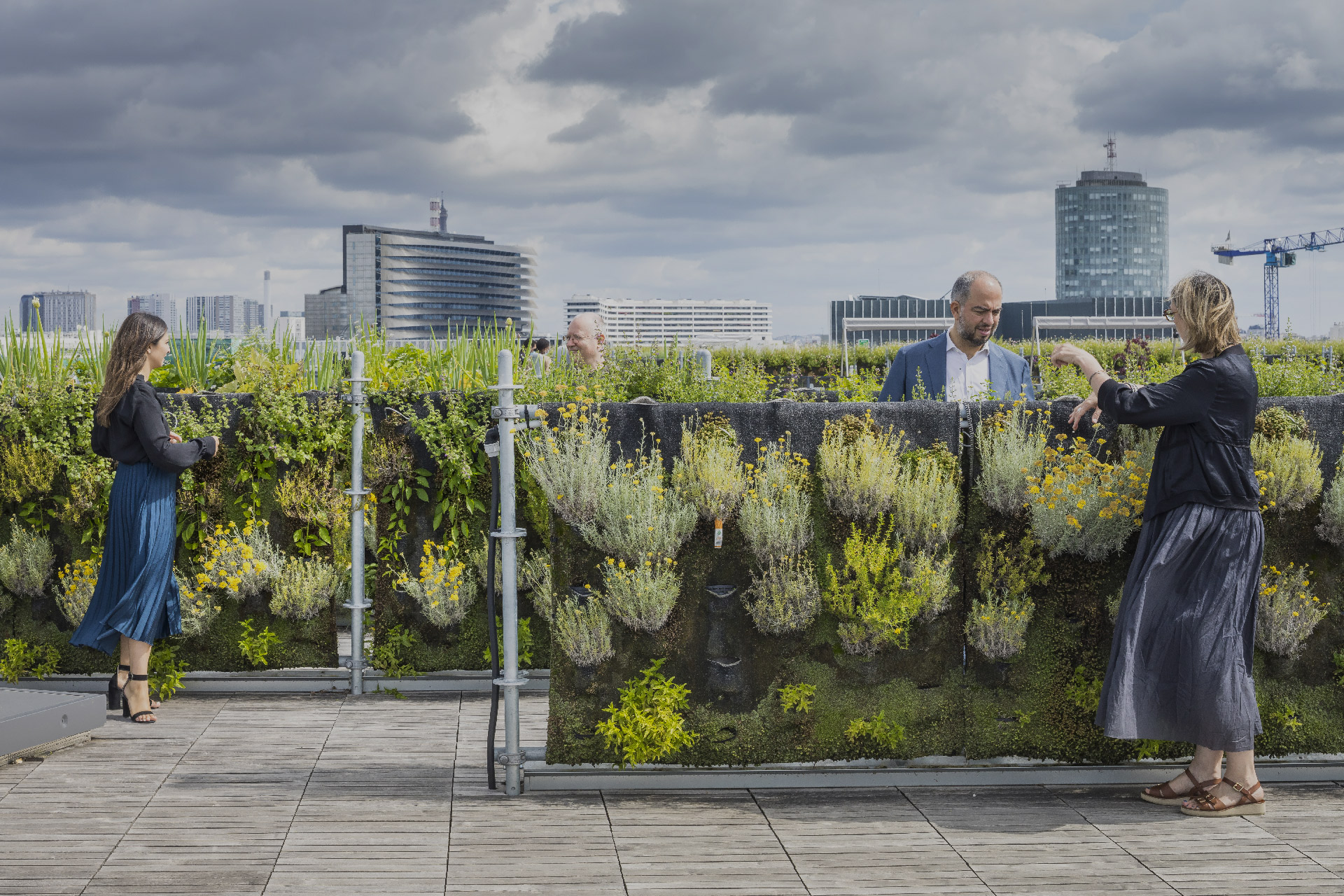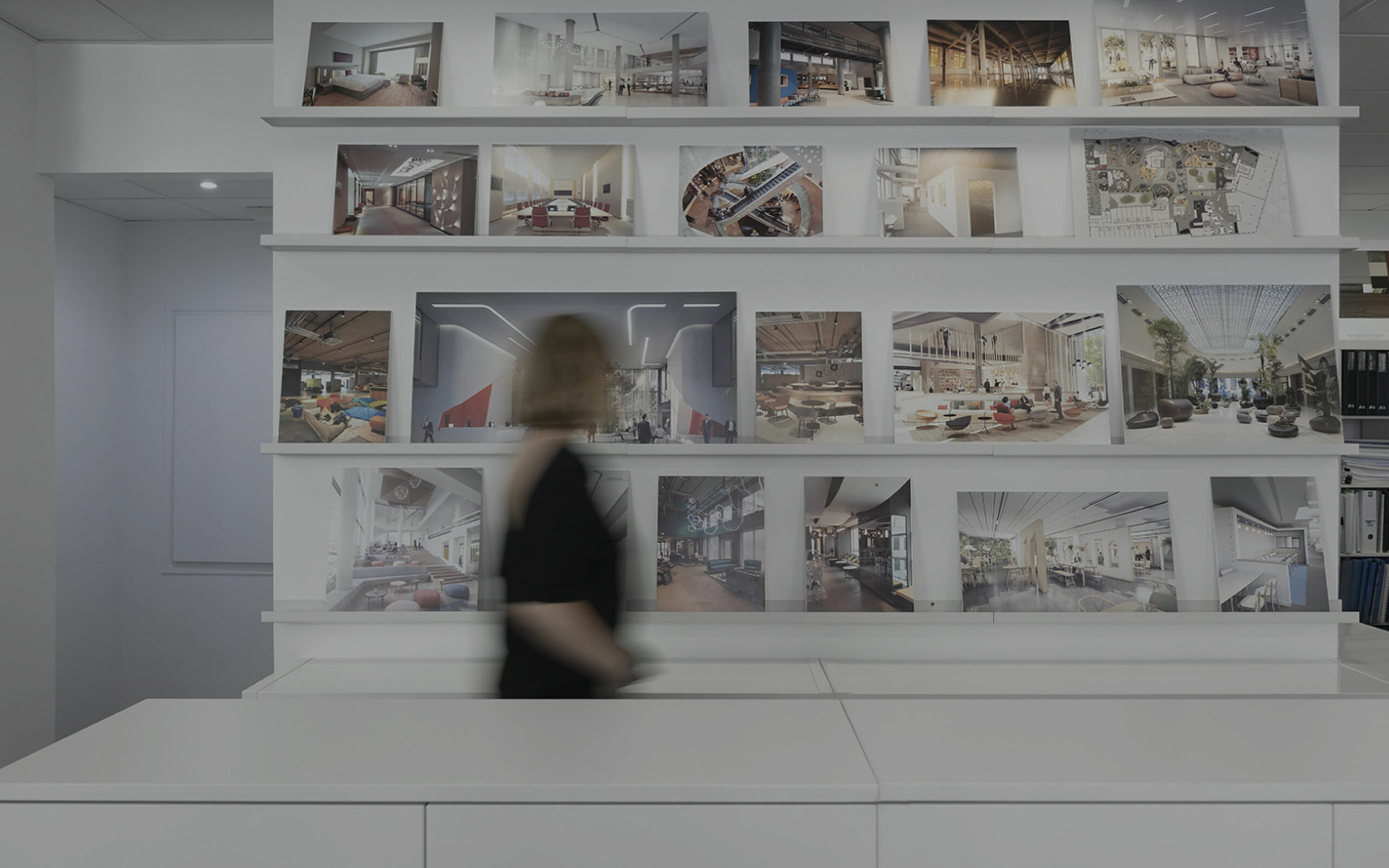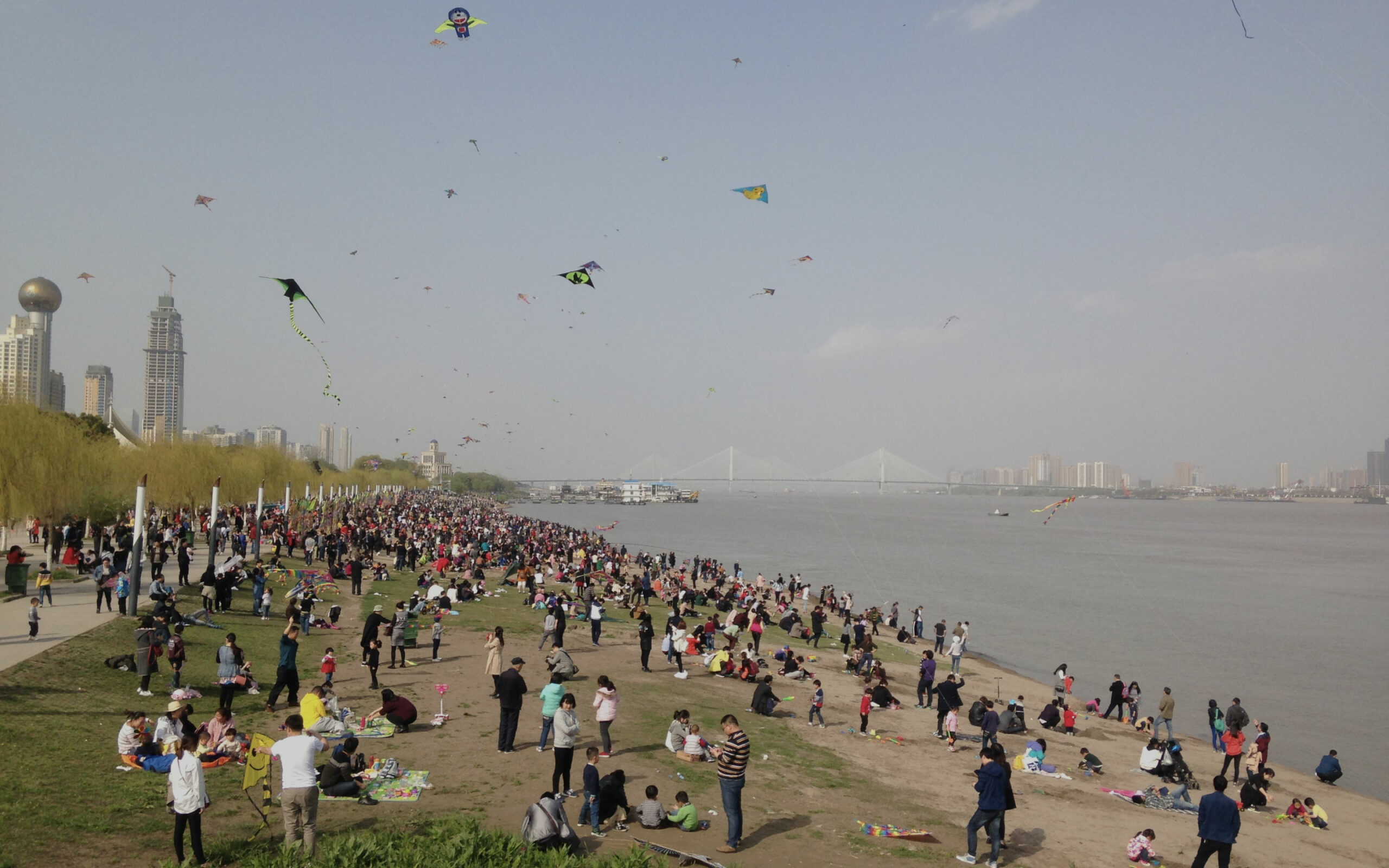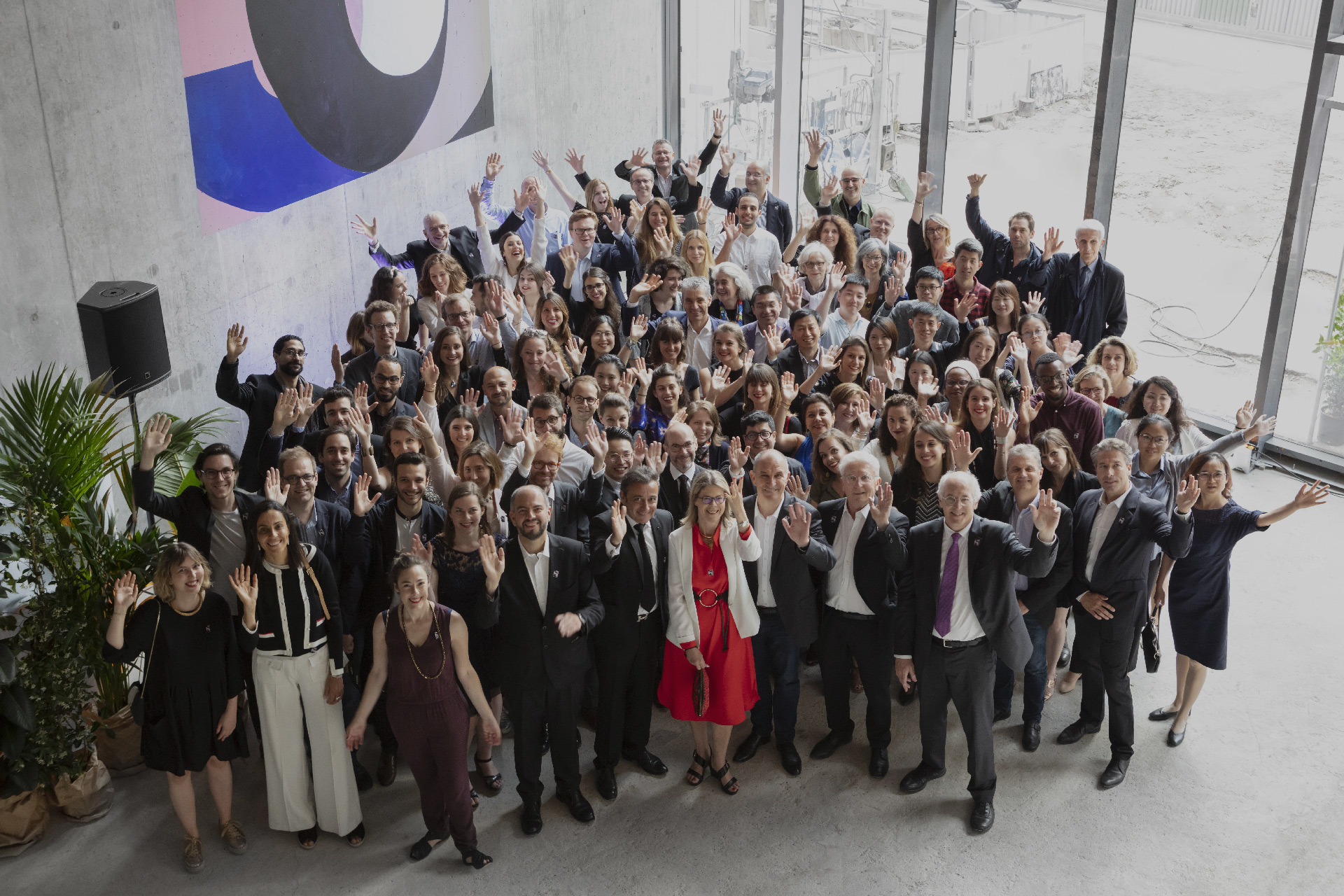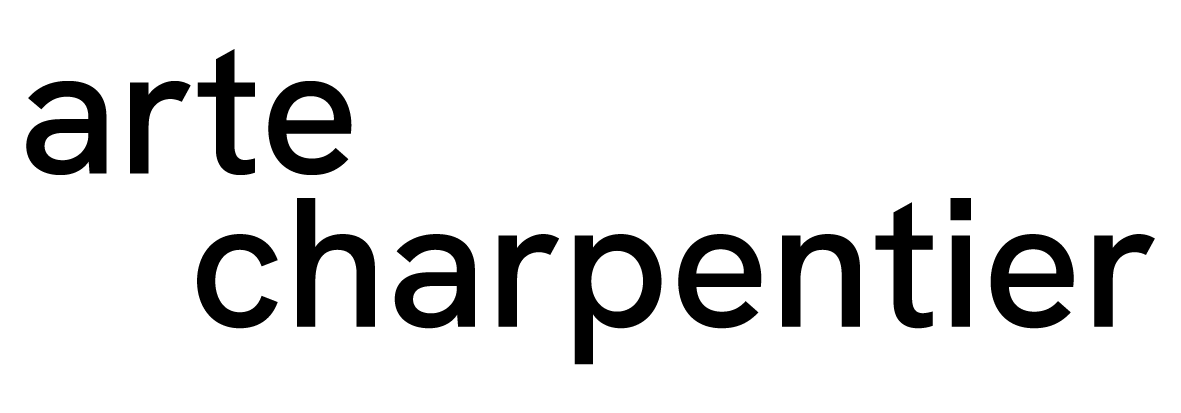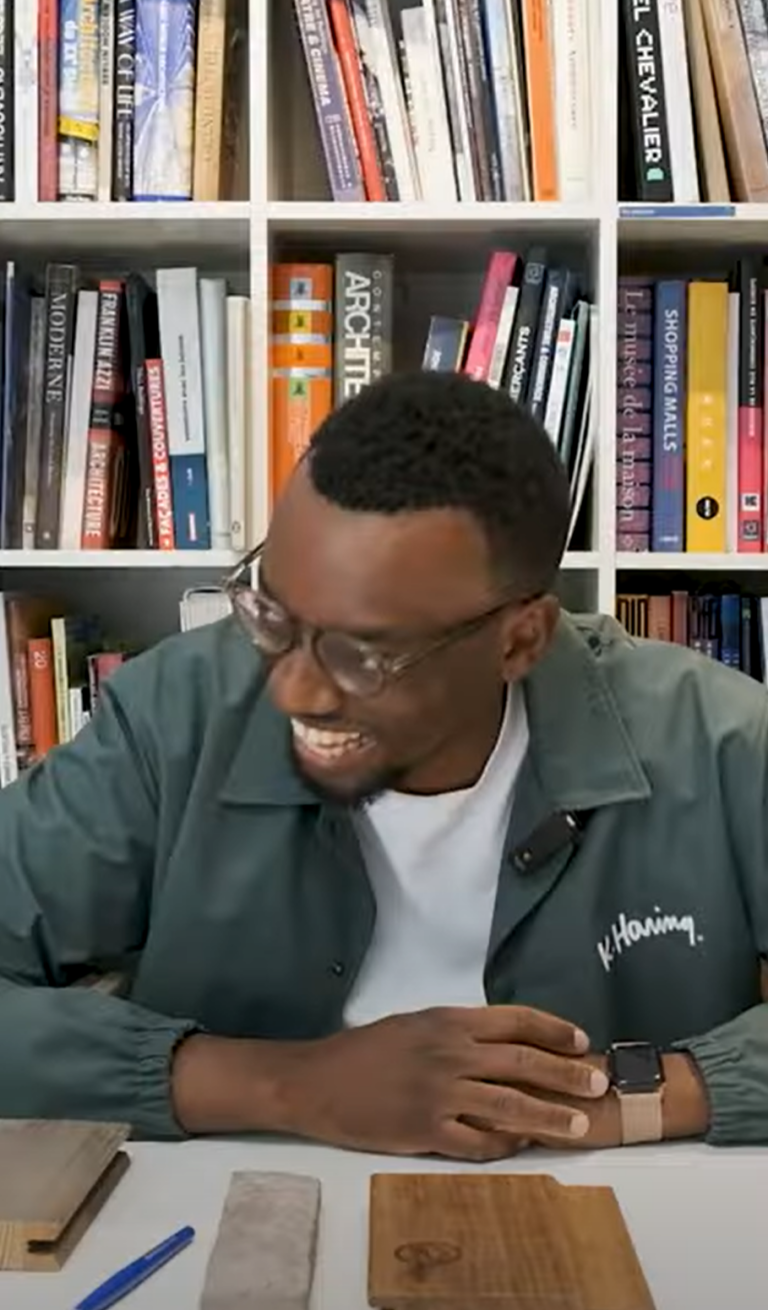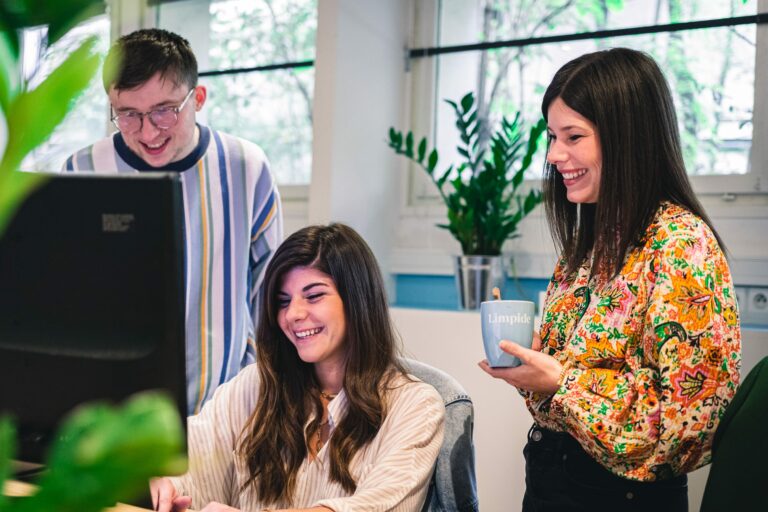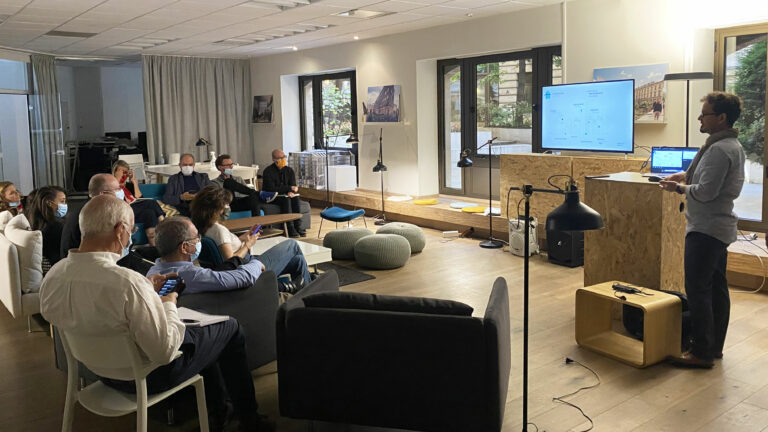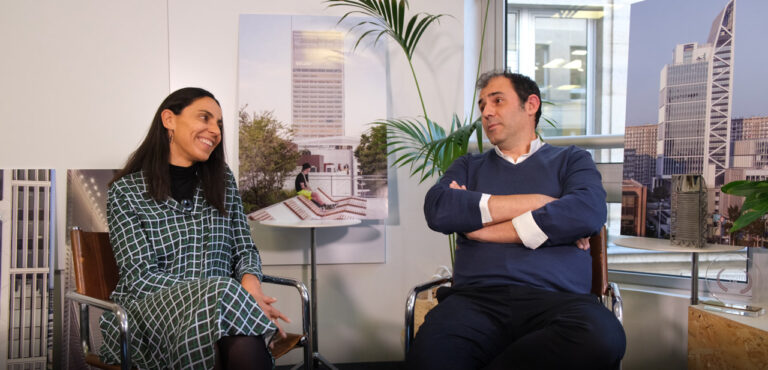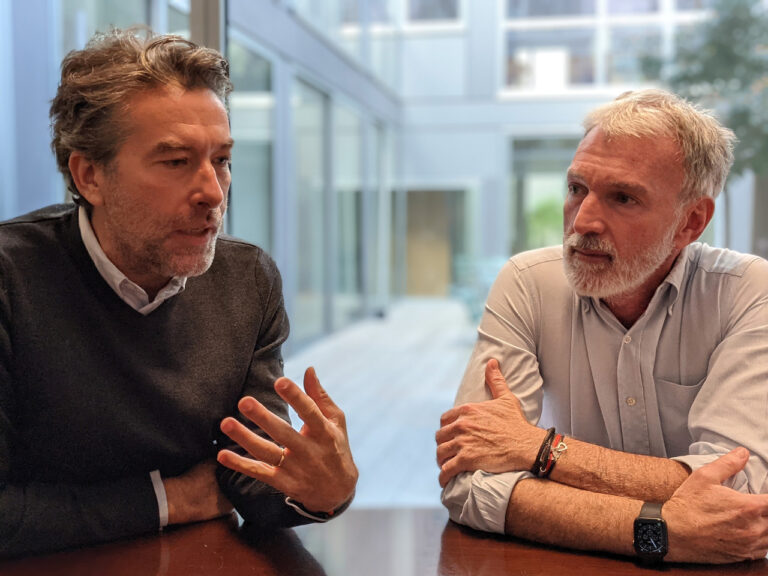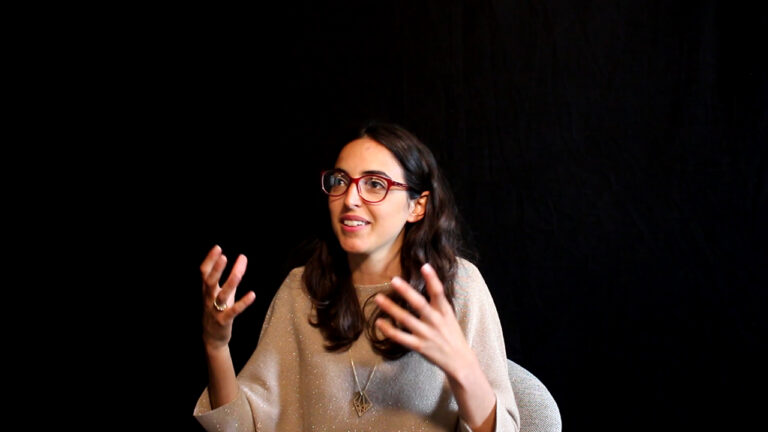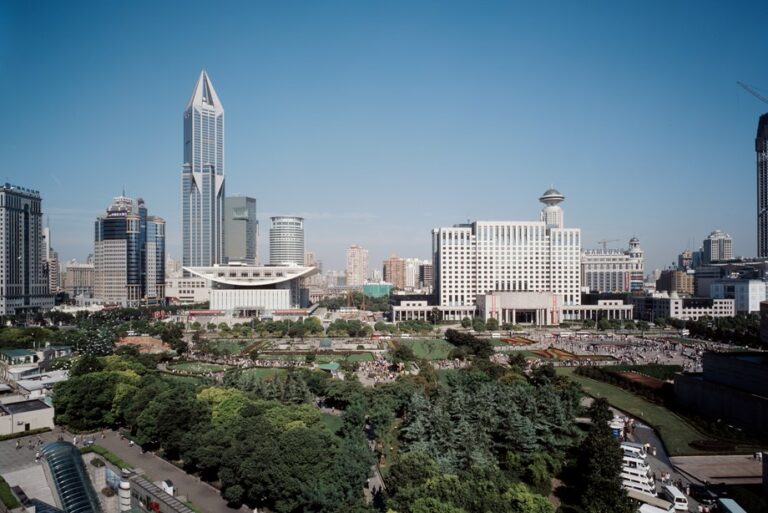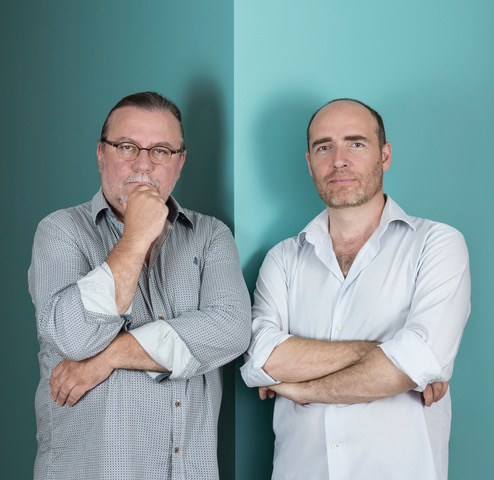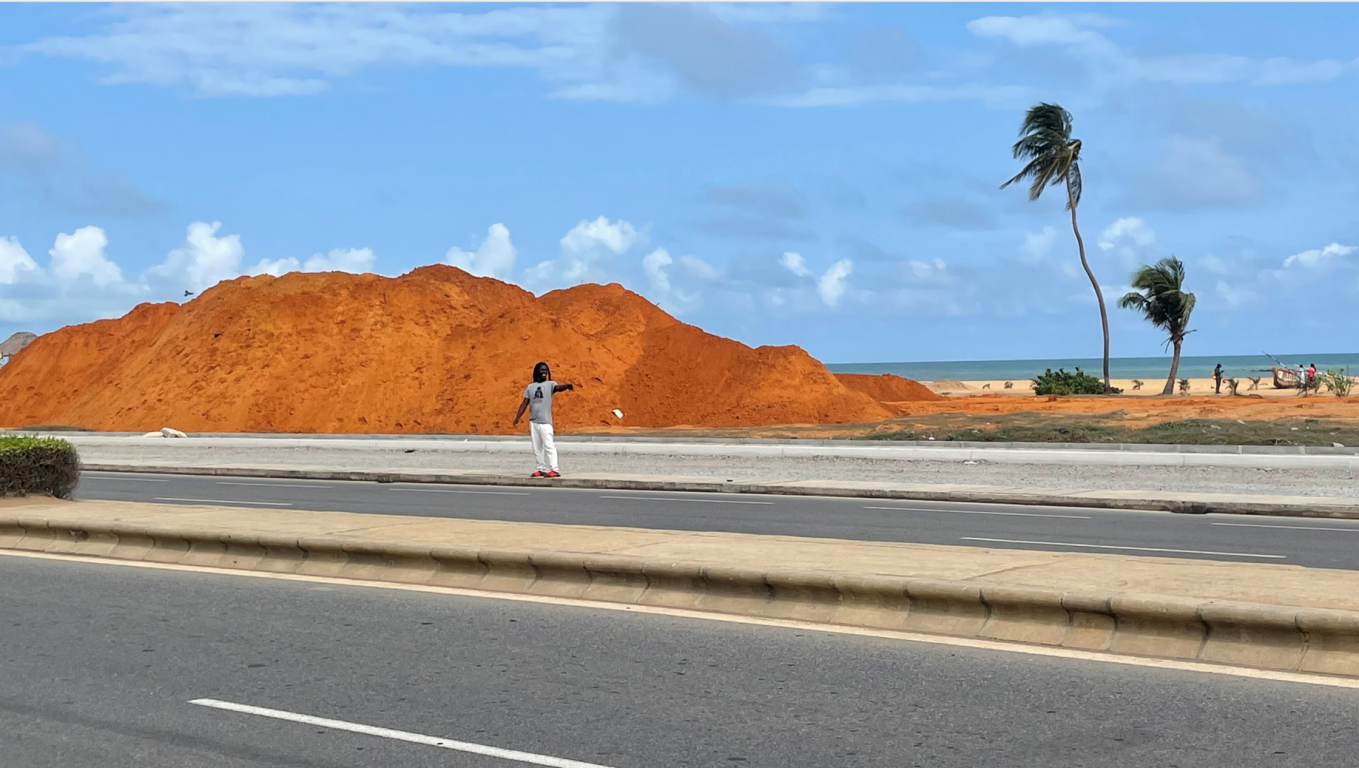
At the end of 2023, Simon Vindy-Marcel sent an unsolicited application to Arte Charpentier, expressing his desire to contribute to projects in West Africa. Seizing this opportunity, the office decided to structure a mission to Benin via Business France’s V.I.E (Volontariat International en Entreprise) program, in a country where it was involved in several operations, both in studies and on site. After a period of immersion at the Paris head office, Simon returned to Cotonou in 2024. Today, he is involved in coordinating two major projects that symbolize the country’s ongoing urban development. Between an accelerated apprenticeship in project management and immersion in a territory with a rich past, he looks back on his career, his daily life, and all that this experience teaches him about the architectural profession, about others, and about himself.
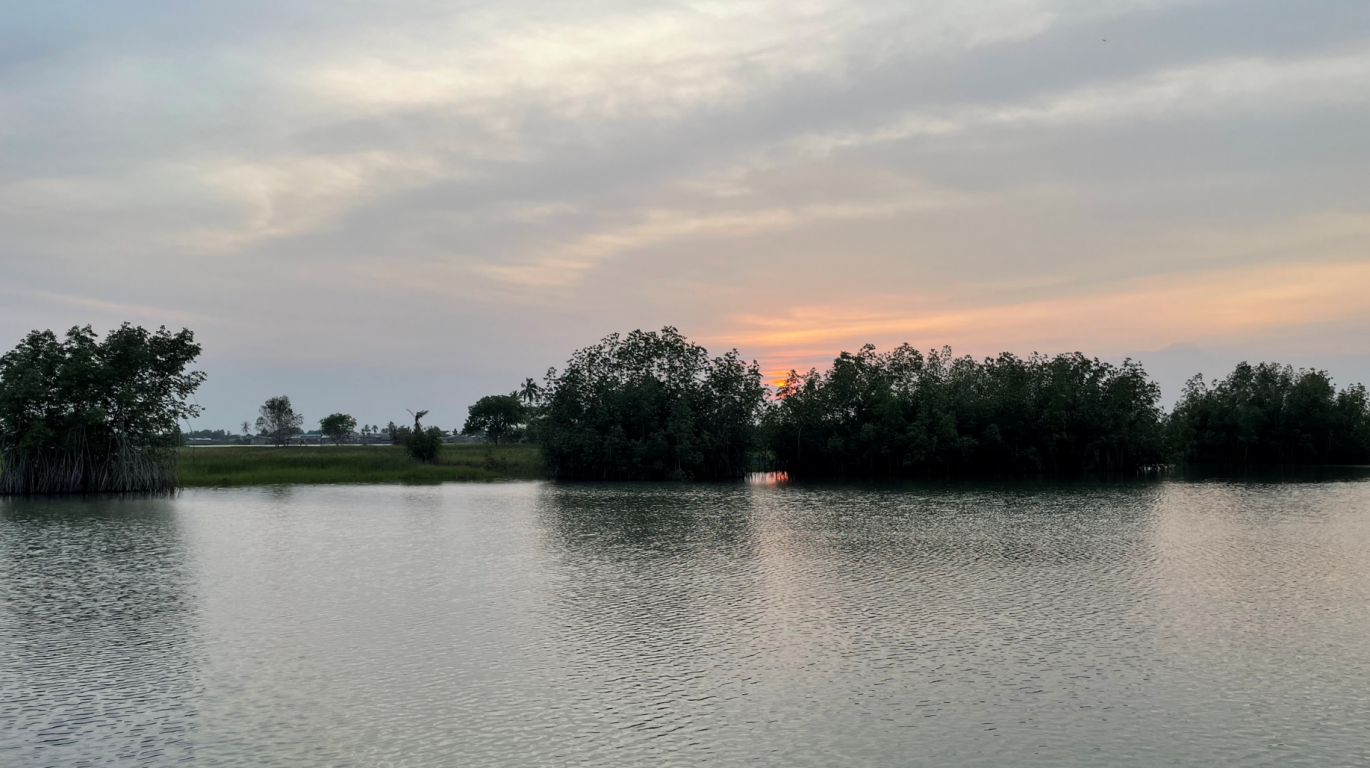
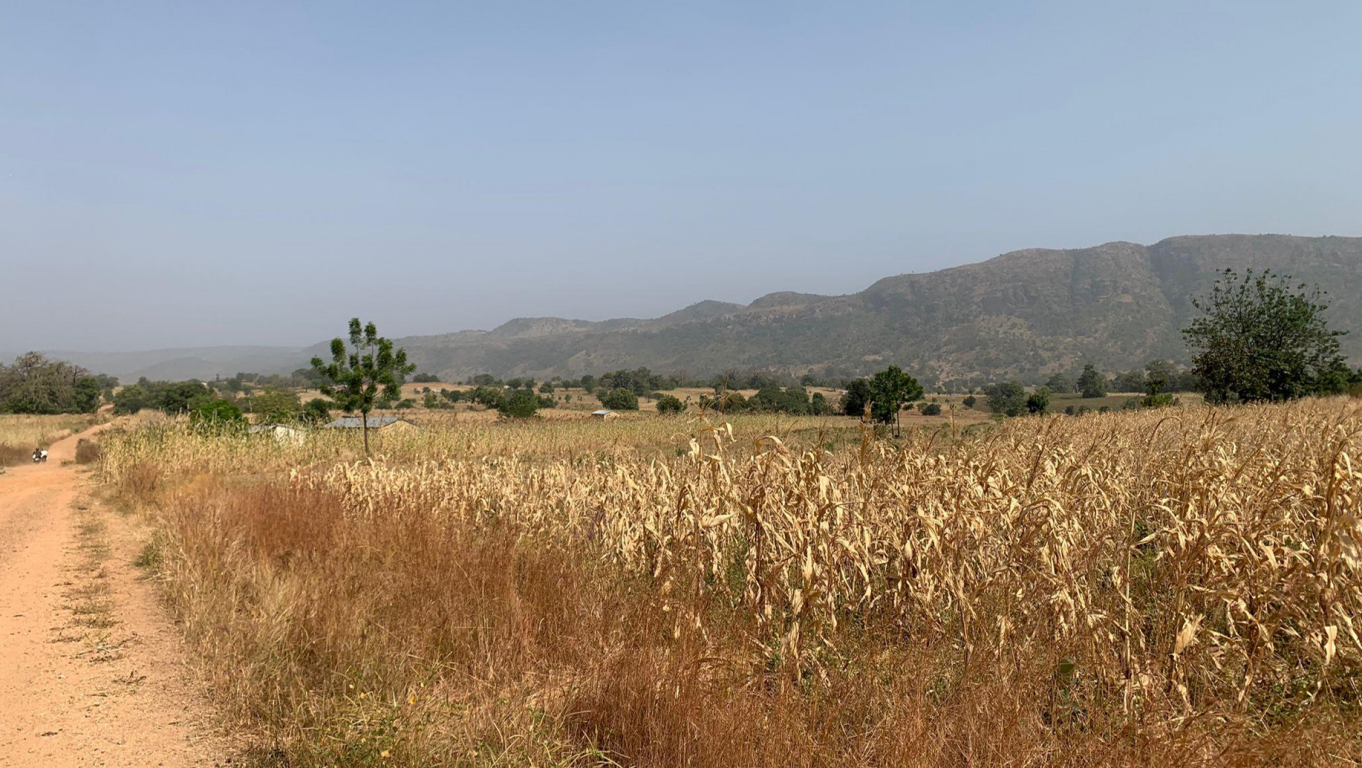
Landscape of Benin, photographs taken by Simon Vindy-Marcel during his V.I.E. program.
Before joining the firm, were you already familiar with Benin, and in what way? How has this new position helped you deepen your understanding of contemporary Benin and the Kingdom of Dahomey?
Simon Vindy-Marcel: After gaining several professional experiences in France during my studies, it was during a master’s internship that I decided to discover sub-Saharan Africa. Having already traveled in the Maghreb and the Middle East, this part of the continent represented a region I had long wished to explore.
That first internship, in Benin, gave me the opportunity to connect with this region and begin discovering the rich culture of the former Kingdom of Dahomey.
I’ve now been based in Benin for over a year with the Arte Charpentier team. This immersion allows me to deepen my knowledge every day of Beninese history, heritage, and culture.
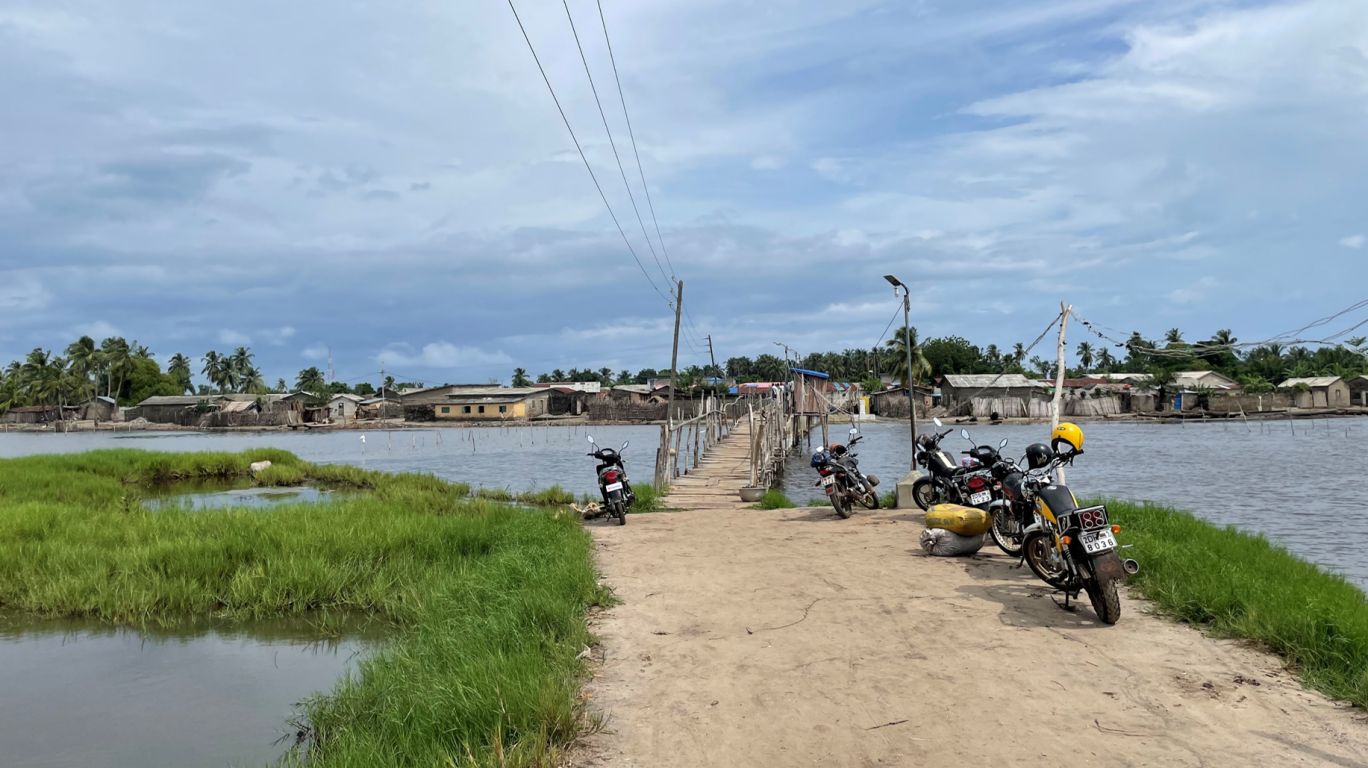
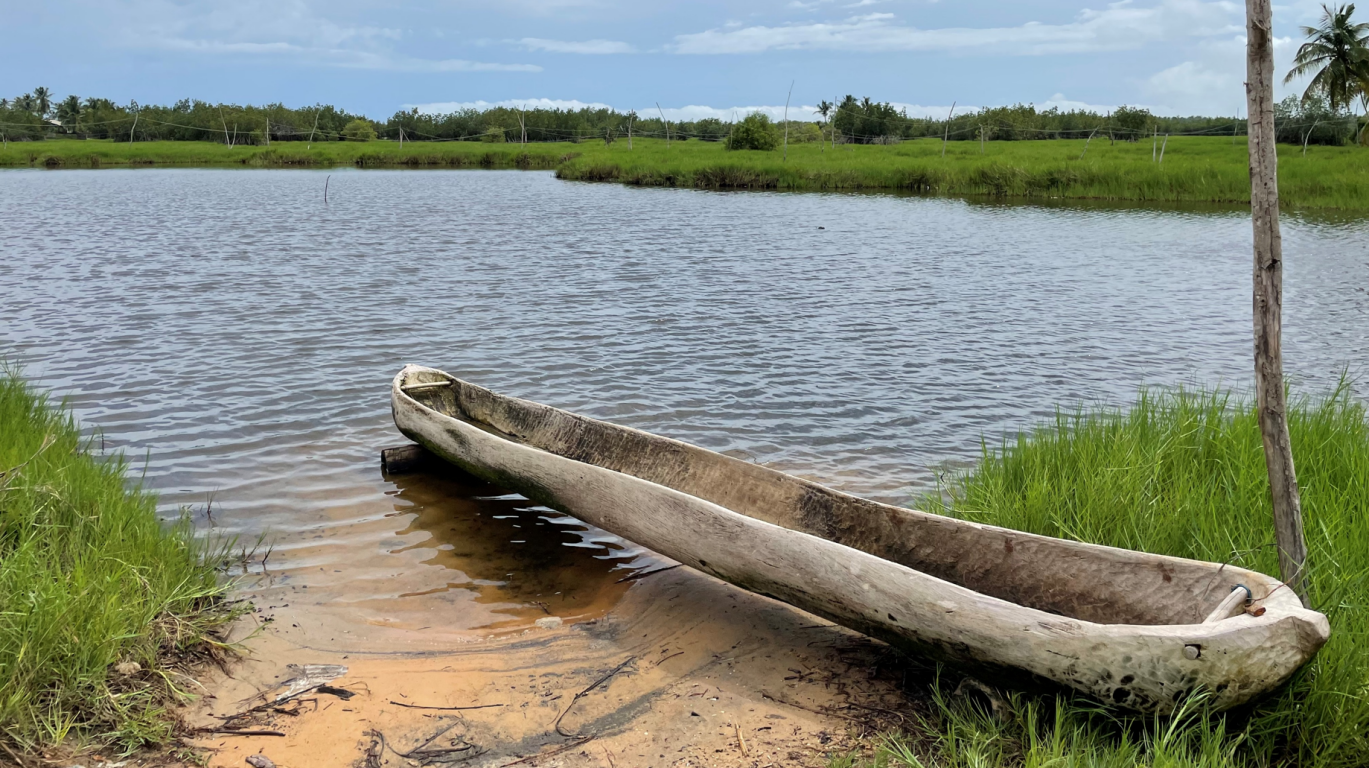
Landscape of Benin, photographs taken by Simon Vindy-Marcel during his V.I.E. program.
Can you tell us about your experience as a V.I.E (The French International Business Volunteer Program) with Arte Charpentier?
Simon Vindy-Marcel: This prior knowledge of Benin enabled me, shortly after graduating, to join Arte Charpentier for a site coordination role an area that is rarely covered in architecture studies. The position I hold on Arte Charpentier’s construction sites in Benin, as part of this V.I.E (The French International Business Volunteer Program) contract, allows me to quickly acquire a broad range of skills whereas a similar role in France would likely require several years of experience.
Ensuring the smooth progress of the works requires optimizing daily internal information sharing and communication with the project management team, which includes several groups based in different countries. All interactions and actions taken on site must also be methodically recorded and documented. This demands a high level of rigor in my work, sometimes difficult to maintain given the hands-on and empirical nature of construction sites.

Visit to the GMK construction site, May 2025 – Yasmine Idris, Nahla Jajo-Legrand, Jérôme Le Gall, Simon Vindy-Marcel
Can you tell us about the most recent project you’ve worked on, including its goals and context?
Simon Vindy-Marcel: My mission is to assist with the coordination and monitoring of the GMK commercial complex site, which had already been underway for a year when I joined. This project is part of the Government Action Program (PAG), which aims to improve the country’s infrastructure. One of its objectives is to eventually dismantle Dantokpa Market, the largest in West Africa, located in Cotonou and home to more than 35,000 vendors across nearly 20 hectares.
The GMK project includes the construction of a large covered market with around 1,000 stalls, 350 shops, and about 100 food court spaces. It also features a large landscaped park, parking areas, and a stone-paved public square (the Agora) designed to host events, performances, and community gatherings.
To carry out this coordination work, I collaborate daily with Triumphus—a local subcontractor handling site supervision—and with Arte Charpentier’s Paris team.
Two months after my arrival, Arte Charpentier was also brought on board for the renovation of Benin’s National Stadium, located on the same large GMK site. Built and financed in the 1980s by the Chinese government—hence its name, the Friendship Stadium—the venue has since lost its certification and no longer meets the requirements for hosting international competitions.
My responsibilities were therefore expanded to include the coordination of this second project, which differs from the commercial complex in both organization and timeline. It involves several subcontractors (four companies managing different work packages), much shorter deadlines, a rehabilitation approach rather than new construction, and very different technical challenges.
Both projects are scheduled for completion before the end of 2025, just a few weeks or months apart.
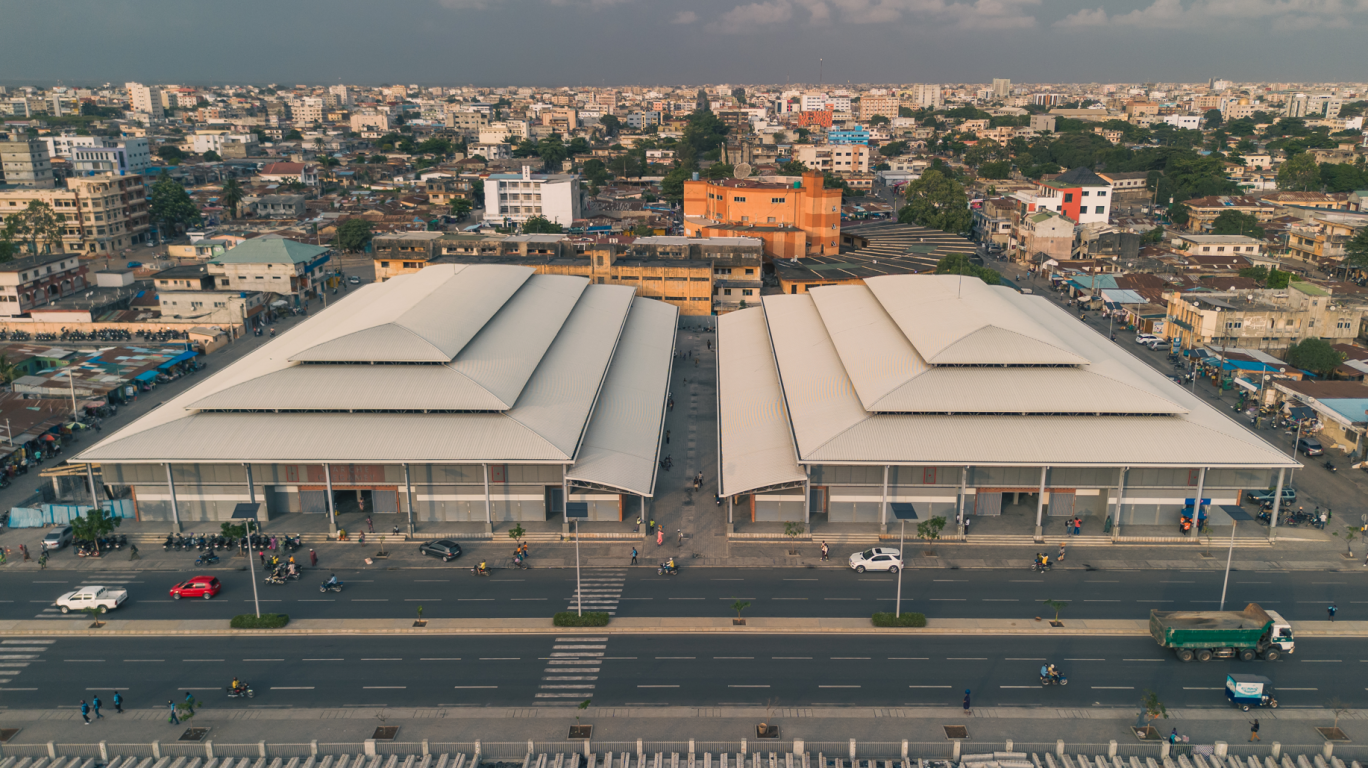

Gbegamey market and GMK construction site, Cotonou, Benin – copyright Eustache Ahomagnon
What does life in Benin bring you?
Simon Vindy-Marcel: Working on these two large-scale projects continues to teach me about the organization and management of major construction sites. After spending a few months in Benin three years ago during an internship, and now with an additional year of experience on the ground, I’ve gained a deeper understanding of what it means to be in an emerging nation—one marked by the intense energy of rapid development and numerous ambitious construction projects.
This environment offers an exciting professional setting for a young architect. It constantly challenges me to rethink my education and reference points, adapt to another culture, approach situations differently, and open myself to new worldviews.
I’ve discovered a unique human richness here, especially through the warmth of social interactions: constant good humor, spontaneous and lively communication—whether it’s exchanging simple information, finding collaborative solutions to daily challenges, offering a compliment, or voicing a concern.
Beyond its breathtaking natural scenery and a climate with an average of 24 sunny days per month, Benin is a land full of culture, history, and magic. This land is teaching me a great deal on many levels—and for that, I’m truly grateful.
